The Stone Star of the North: Uncovering the Secrets of Jaffna Fort
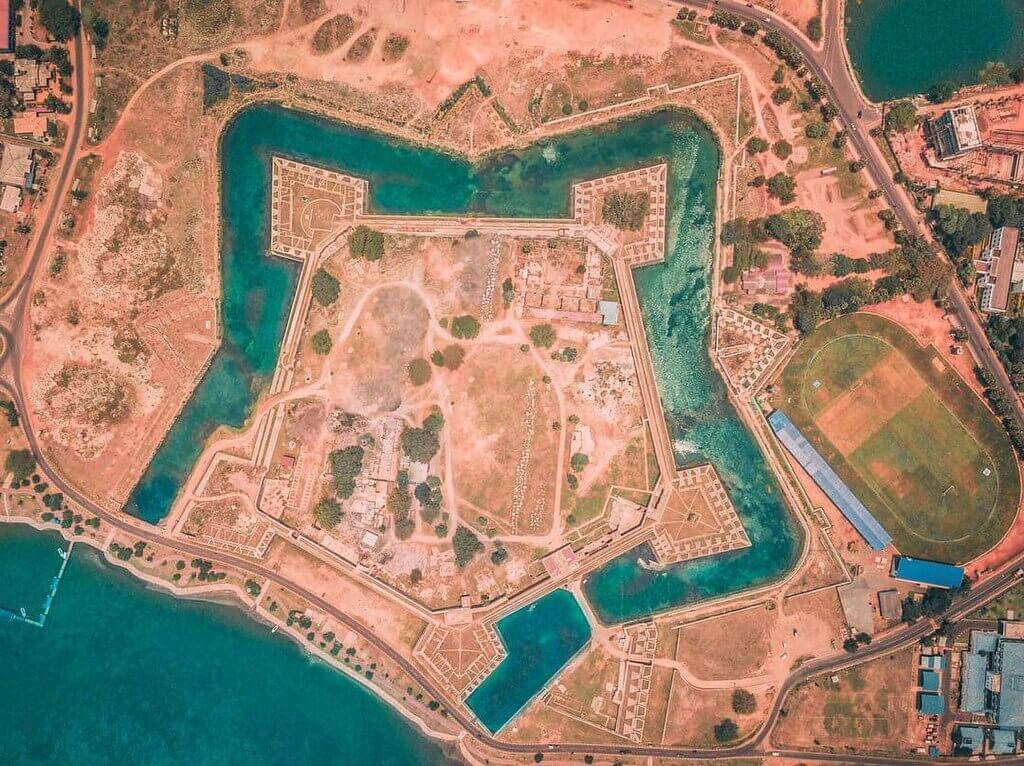
Echoes of Empires: Why You Must Visit Jaffna Fort
Imagine standing on a fortress wall, the warm Sri Lankan sun on your face and a gentle breeze blowing in from the Jaffna Lagoon. Below you, the city hums with life. But here, within these ancient coral stone walls, you can almost hear the echoes of history – the march of Dutch soldiers, the whispers of Portuguese merchants, and the resilient spirit of the Tamil people who call this land home.
Jaffna Fort isn’t just a ruin; it’s a storybook written in stone and coral. Built in the shape of a star, this massive fortress has witnessed centuries of trade, conflict, and transformation. It’s a place where you can physically touch the layers of Sri Lanka’s colonial past and appreciate its journey into the present. For anyone who loves to feel history come alive, this fort is an unmissable destination.
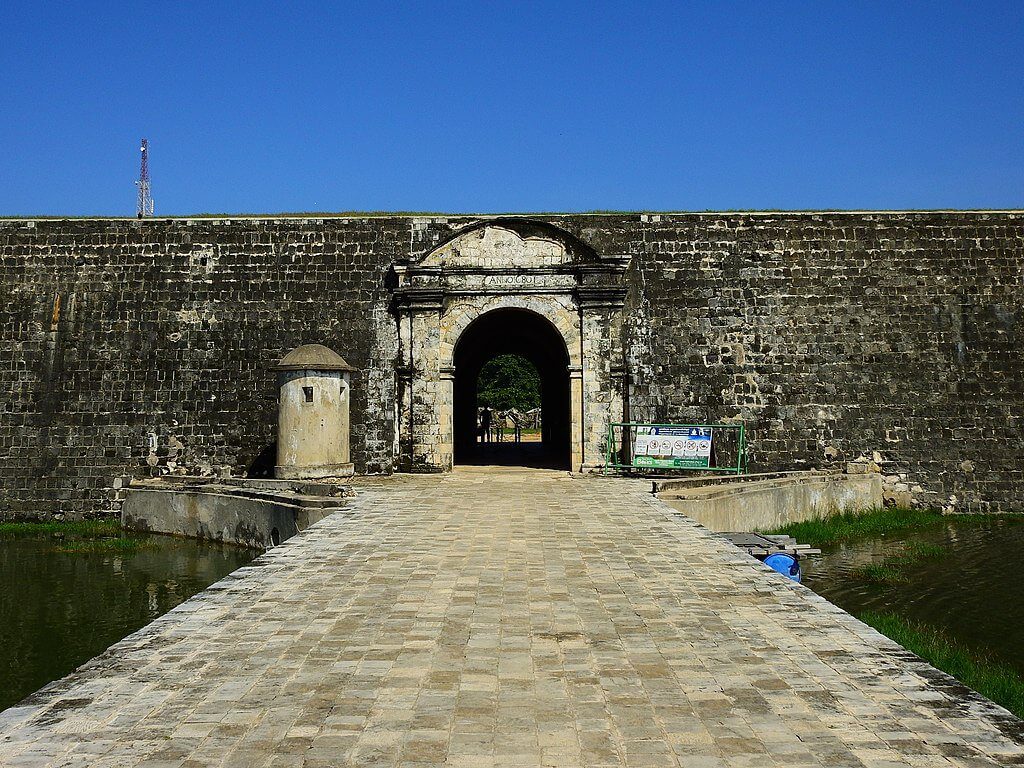
The History Lover’s Travel Guide
Best Time to Visit
The best time to explore Jaffna is during the dry season, from December to March. The weather is sunny and less humid, making it perfect for walking the expansive ramparts. The sunshine makes the pale coral and limestone of the fort glow, and the lagoon sparkles a brilliant blue.
Visiting during the shoulder seasons (April-May or October-November) can also be rewarding, with fewer crowds. If you happen to visit during a monsoon shower, don’t despair. The rain brings a dramatic, somber mood to the fort. The wet, dark stones seem to whisper their oldest secrets, and you’ll have the place almost to yourself.
What to Do: Walking Through Time
Your visit to Jaffna Fort is a journey through its layers. Here’s how to make the most of it:
- Walk the Ramparts: This is the absolute must-do. The wide, grassy walls form a pentagon, and a full circuit gives you breathtaking 360-degree views. You’ll see the Jaffna Lagoon on one side and the city, with its temples and churches, on the other. It’s the best way to understand the fort’s strategic importance.
- Discover the Inner Buildings: While many were damaged during the civil war, you can still explore the hauntingly beautiful ruins of the Grote Kerk (a Dutch Reformed Church from 1706), the Governor’s Residence, and the old barracks. Their skeletal remains are a powerful reminder of the fort’s turbulent past.
- Find the Powder Magazines: These cavernous, bomb-proof structures are incredibly well-preserved and give you a real sense of the fort’s military might.
- Explore the Moat and Outer Defenses: Look beyond the main walls to see the intricate system of moats and earthworks. It’s a textbook example of 17th-century European military architecture.
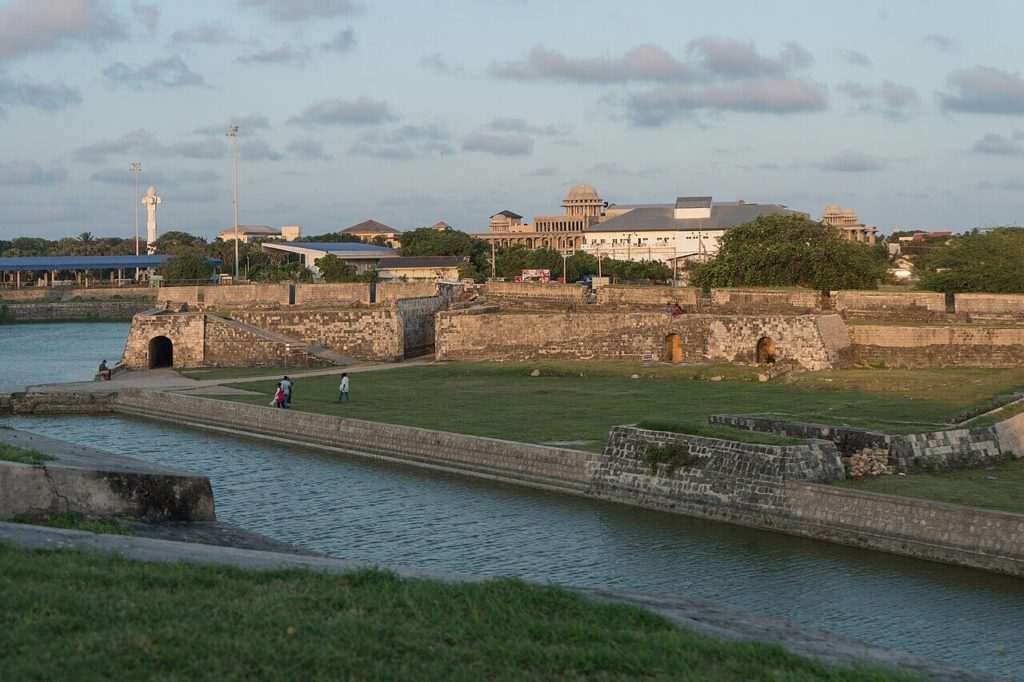
Hidden Histories & Old Stories
Jaffna Fort’s story began long before the Europeans arrived. The Portuguese built the first version in 1618 over a pre-existing local fortification. When the Dutch captured it in 1658, they demolished the Portuguese fort and built the magnificent star-shaped structure you see today, using coral harvested from the sea.
One of the most powerful stories is its recent history. The fort was a major focal point during the Sri Lankan Civil War and suffered immense damage. What you see today is a story of survival and careful restoration. Compare old photographs from the 1970s with the war-torn images from the 1990s and its current state of recovery. It’s a living testament to the resilience of Jaffna.
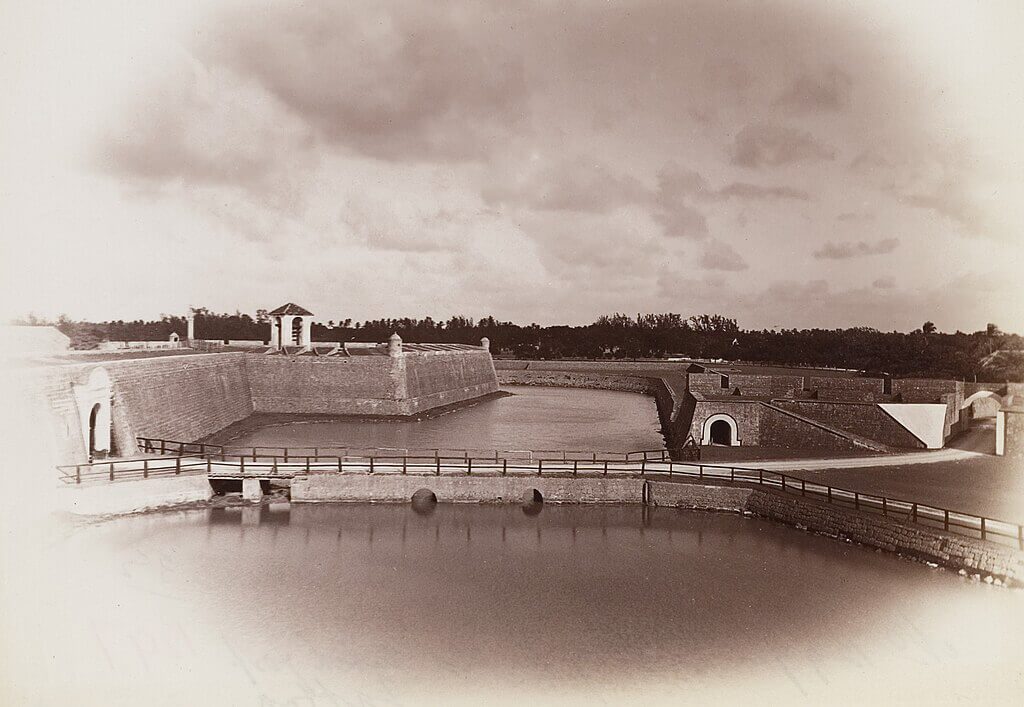
Past Travelers’ Stories
Imagine a letter written by a Dutch soldier in the 1750s: “From the high walls of Jaffna, the world feels orderly and secure. We watch the trade ships sail into the lagoon, their hulls heavy with spices and cloth. The sun is relentless, but the sea breeze offers relief. This fort is not just our defense; it is our small piece of Holland at the edge of the world, a perfect star of stone amidst the palms.” Thinking of these past lives makes the silent stones feel alive.
Getting Around
The fort is located right on the edge of Jaffna town, making it easily accessible.
- Tuk-Tuk: The easiest way to get there from your hotel. Every driver knows “the fort.”
- Bicycle/Scooter: Renting one gives you the freedom to explore the fort and the surrounding city at your own pace.
- On Foot: Once inside, walking is the only way to explore. The grounds are vast, so wear comfortable shoes!
Travel Tips
- Stay Hydrated: The Jaffna sun is strong. Carry plenty of water. There’s very little shade on the ramparts.
- Be Respectful: The fort is a powerful symbol for locals. Remember its recent, painful history. Be mindful when taking photos and interacting with people.
- Connect with Locals: Talk to the vendors outside the fort. Ask your tuk-tuk driver about his family’s story. The people of Jaffna are incredibly welcoming and have witnessed history firsthand. Learning a simple Tamil greeting like “Vanakkam” (hello) will be warmly received.
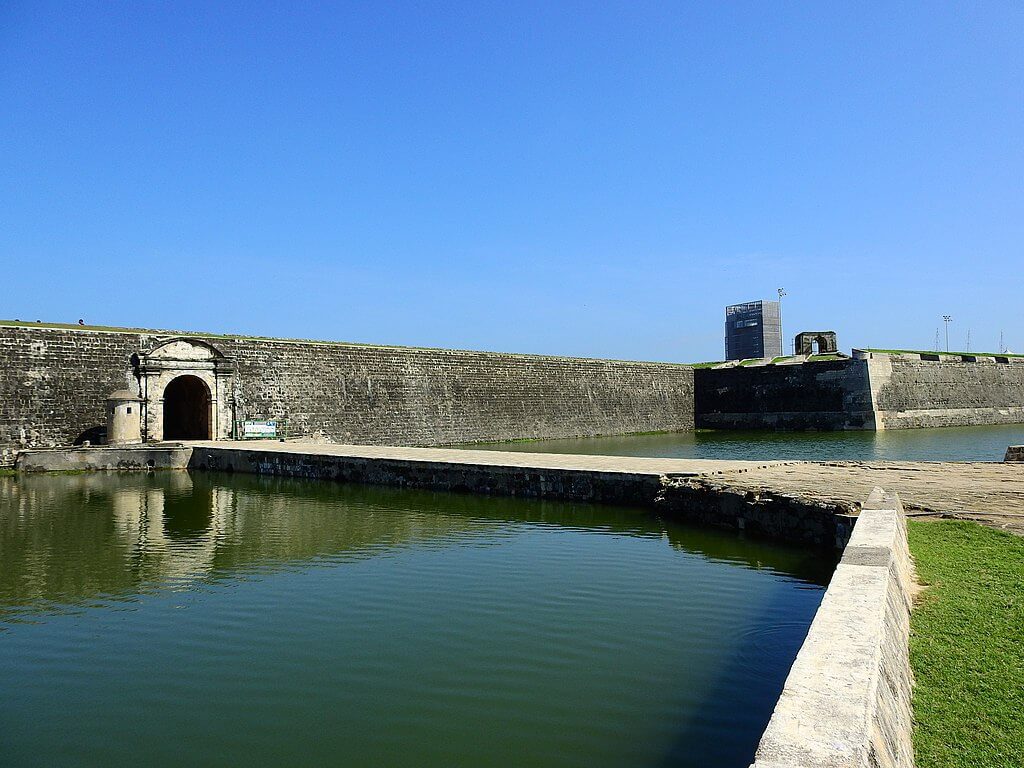
A Fortress of Stories
Jaffna Fort is more than an attraction; it’s a destination that makes you feel something. It’s a place of quiet reflection, architectural wonder, and profound history. Standing on its walls, you’re not just a tourist—you’re a witness to the rise and fall of empires and the enduring spirit of a city that refuses to be forgotten.